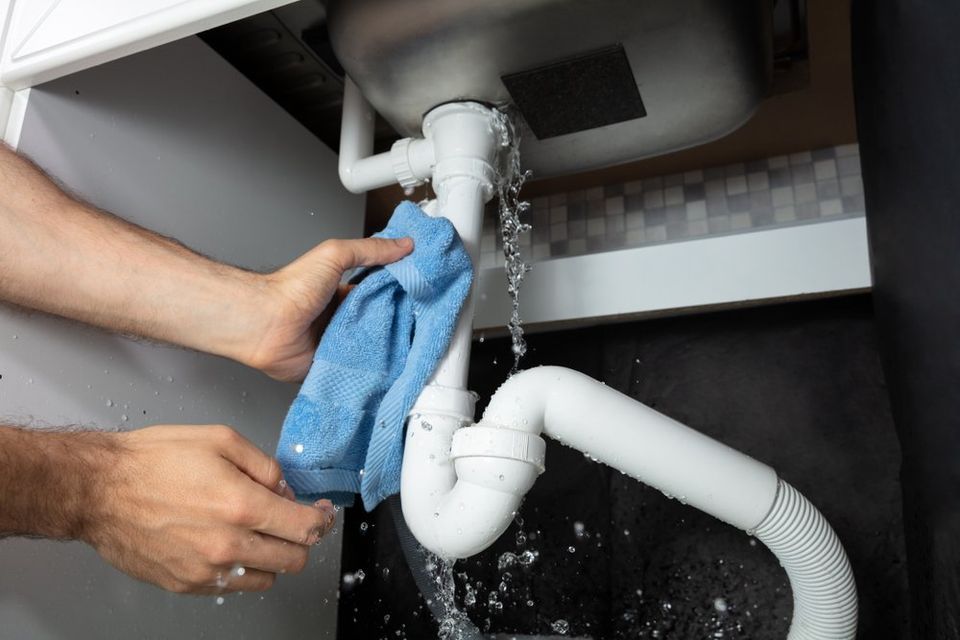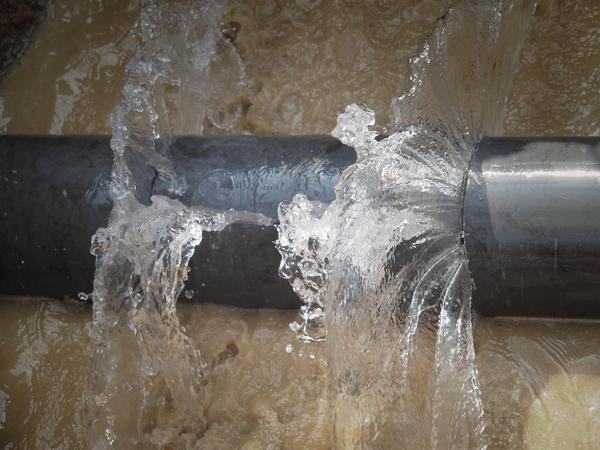On this page below you will discover a bunch of reliable ideas involving What to Know Before Installing a Dishwasher.

A ruptured pipeline is a significant emergency; you can just stand as you see water you pay a lot to rejoin with the planet. In worse situations, you discover a pool on your kitchen area floor, which is a fantastic trip hazard, specifically if you have youngsters around. If the pipeline that ruptured remained in your walls, problem: you may need to paint that whole area.
Exactly how can a disaster like a burst pipe be stopped and also taken care of? Well, by listening to your expert emergency plumbing technicians as well as complying with these guidelines.
How do I know when my pipes have burst?
Fluctuating water pressures
Pipelines do not simply burst in a day. You might have observed that your kitchen area tap or shower doesn't run instantly when you transform the tap. It might stop briefly for a few seconds and then blast you with even more pressure than normal.
In other instances, the water may appear regular in the beginning, after that drop in pressure after a couple of secs.
Damp wall surfaces as well as water stains
Prior to a pipe ruptureds, it will leakage, many times. If this consistent leaking goes undetected, the leak may finish into a vast tear in your pipe. One very easy method to avoid this emergency is to keep an eye out for wet wall surfaces ad water stains. These water spots will lead you right to the leak.
Puddles under pipelines as well as sinks
When a pipe bursts, the discharge develops a puddle. It might appear that the puddle is growing in dimension, as well as no matter the number of times you mop the pool, in a couple of minutes, there's another one waiting to be cleaned. Usually, you might not have the ability to trace the puddle to any kind of noticeable pipes. This is a sign to call a specialist plumber.
Untraceable leaking noises
Pipeline ruptureds can happen in one of the most undesirable locations, like within concrete, inside walls, or under sinks. When your house goes quiet, you may be able to hear an aggravatingly consistent dripping noise. Also after you've checked your shower head and also kitchen area tap, the trickling may proceed.
Precious reader, the leaking may be originating from a pipe inside your wall surfaces. There isn't much you can do about that, other than tell a professional plumber.
Shut off the Water
When water freezes, it increases in volume by concerning 9 percent. As well as it increases with remarkable pressure: The pressure inside pipes might go from 40 pounds per square inch to 40,000 psi! No pipeline can hold that much pressure, so it breaks open. The break might occur where the ice kinds, but more frequently, it takes place where water pressure discovers a weak point in the pipe. That may be inches or perhaps feet from the frozen location. Locate the water shutoff valve and also turn off the water to avoid even more damage. You may additionally need to turn off the electricity also, relying on where the leaks happens and also how big it is.
Polluted water
Many individuals assume a ruptured pipeline is a one-way outlet. Rather the contrary. As water spurts of the hole or gash in your plumbing system, pollutants discover their method.
Your water might be contaminated from the source, so if you can, examine if your water container has any problems. However, if your drinking water is provided and also purified by the city government, you must call your plumber quickly if you see or smell anything funny in your water.
What do I do when I find a ruptured pipeline?
Your water meter will certainly continue to run also while your water wastes. To minimize your losses, locate the main controls and turn the supply off. The water pipe are an above-ground framework beside your property.
How to Fix & Detect a Leaking Pipe
How Do I Know if a Pipe is Leaking?
Leak detection tests can help you determine if your pipe has a leak. Even if you don’t see an apparent leak, you should still conduct leak detection tests regularly to save water and money—and prevent major damage to your home.
Water meter. It can be helpful to figure out what your usual water meter usage numbers are and then monitor them regularly. To monitor your meter, first, turn off all water faucets in your home. Check the meter and write down the numbers. In a few hours, check the meter again. If the numbers have changed, you have a leak. Water gauge. Use a water gauge to test your water pressure. Your showerhead should produce a certain amount of water pressure based on its model and design. If the pressure is lower than it is supposed to be for that specific showerhead, your home likely has a leak. Puddles. Look inside your bathroom, laundry, and kitchen sink cabinets. Puddles around the cabinets or around toilets, tubs, showers, and washing machines indicate the presence of a leaking pipe. You may also notice loose tiles, peeling or flaking paint, or mold caused by water accumulation. Napkin test. Even if you don’t see any puddles, you may still have a leak. You can test for water leaks in the bathroom, laundry, and kitchen by wiping below-sink connections with a napkin, paper towel, or piece of toilet paper. If it becomes damp, you probably have a leaking pipe under the sink. Discolored walls. Walls that are discolored—usually with brown or yellow stains—or bulging might mean that they have been impacted by water damage caused by a leaking pipe. Smell. A leaky pipe will create sitting water, and over time, that water may develop a musty smell. If your home smells musty, but you can’t locate the source, it may be due to a leak. Steps for Fixing a Leaking Pipe
A leaky drain can be remedied by tightening the pipe base, replacing the drain seal, caulking the rim, and tightening the pipe nut. Similarly, a leaking toilet pipe can be treated by tightening the packing nut. You may also need to replace the valve. A leaky faucet may just need tightening or replacement of the washers. If that doesn’t work, consider replacing your faucet. If your pipe has a hole in it, you may want to use a pipe leak sealer or pipe leak tape. This quick fix for water pipe leaks can also temporarily fix a copper pipe leak. https://www.ahs.com/home-matters/quick-tips/how-to-tell-if-pipes-are-leaking/

Do you appreciate more info about What to Know Before Installing a Dishwasher? Write a remark directly below. We'd be glad to see your views about this write up. In hopes that you visit us again soon. Remember to take a moment to share this post if you enjoyed reading it. We value reading our article about What to Know Before Installing a Dishwasher.
Get A Free Quote